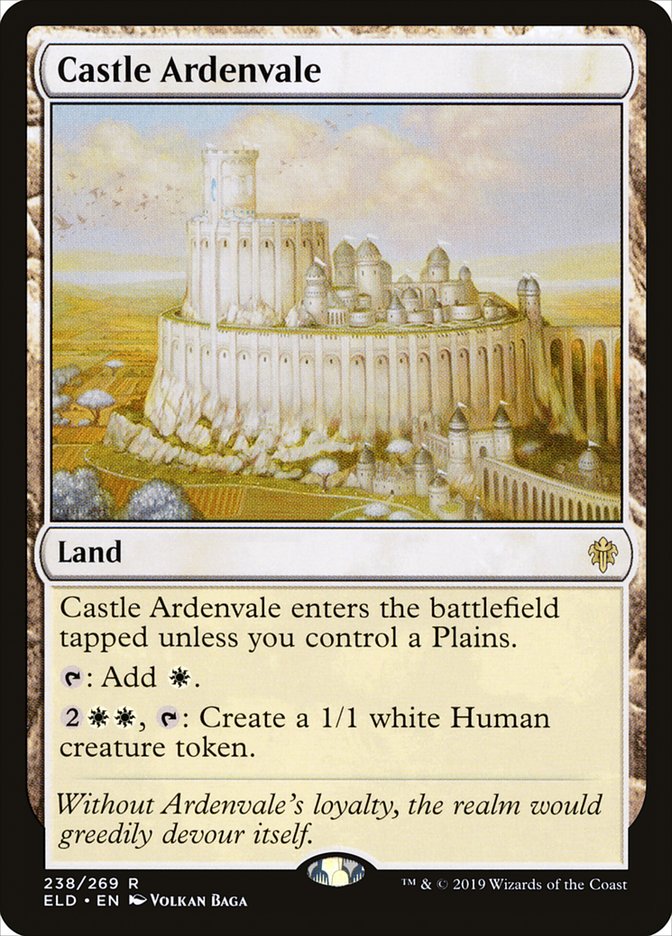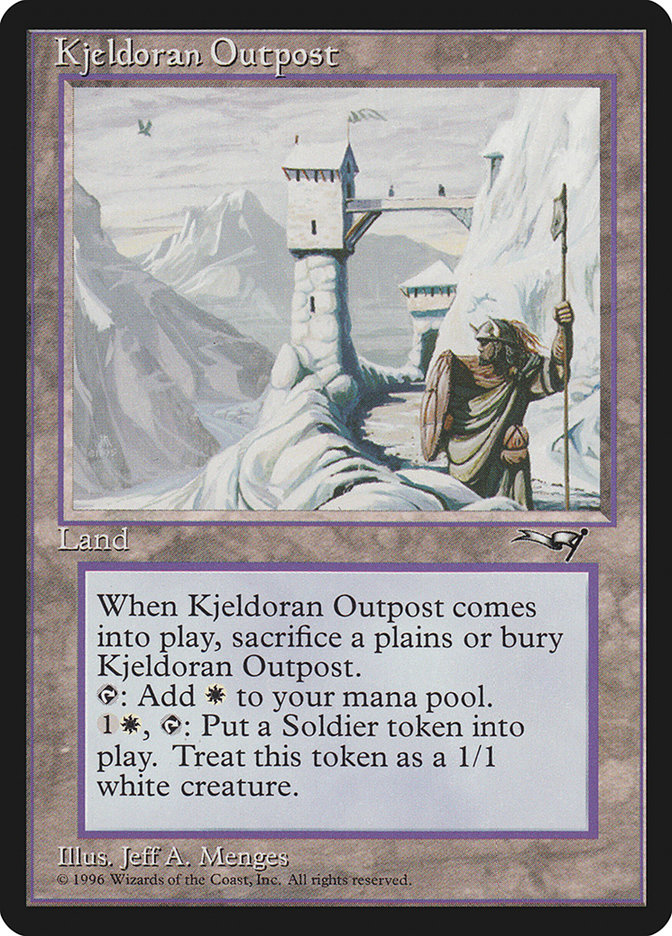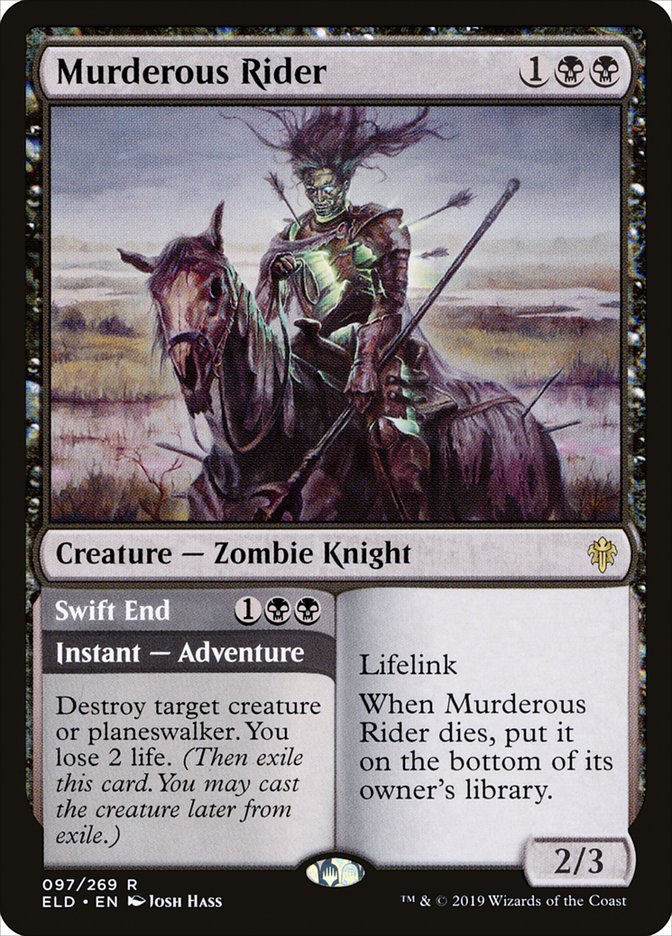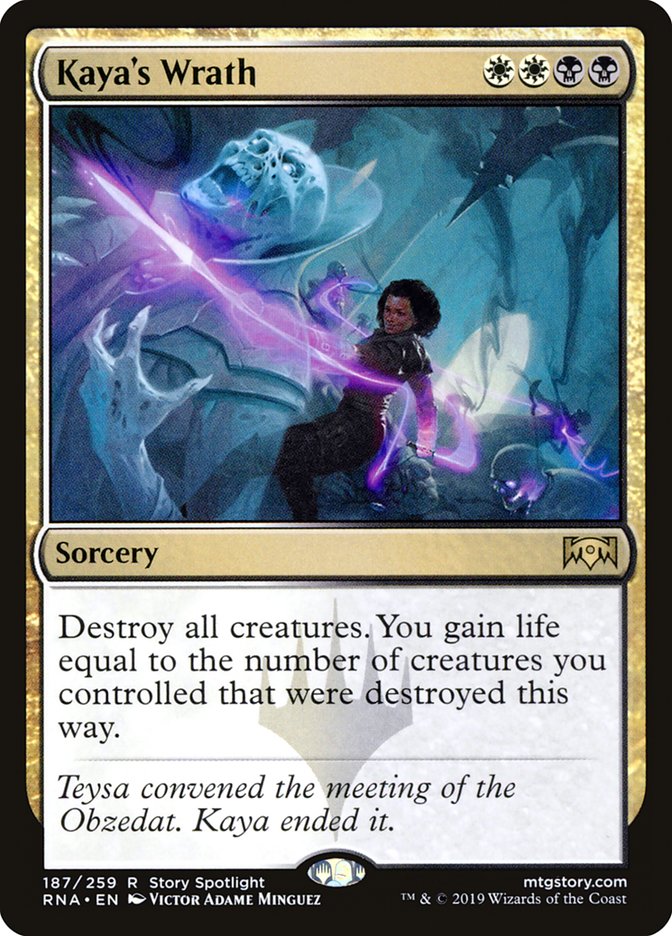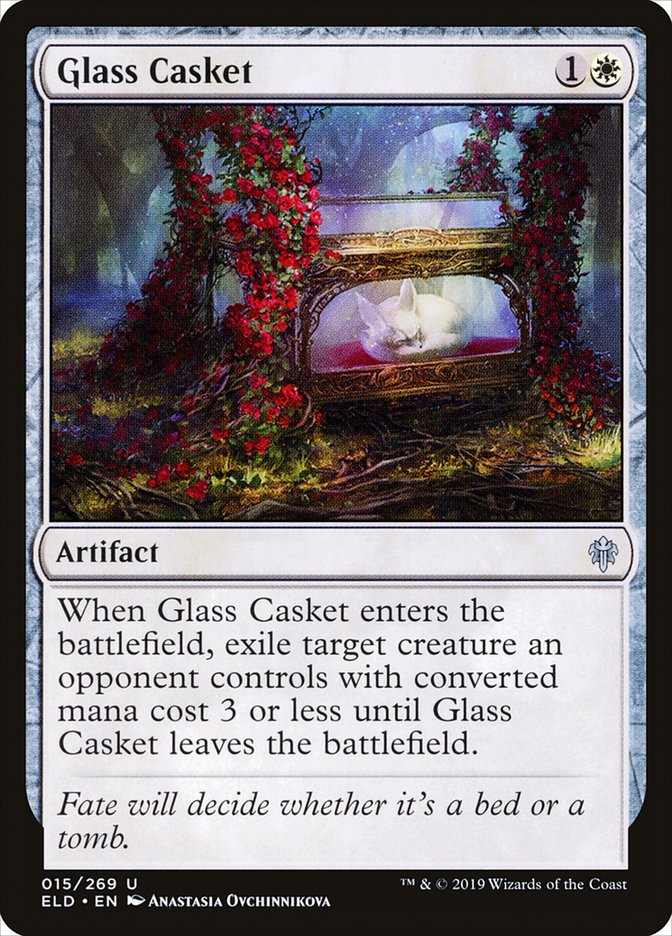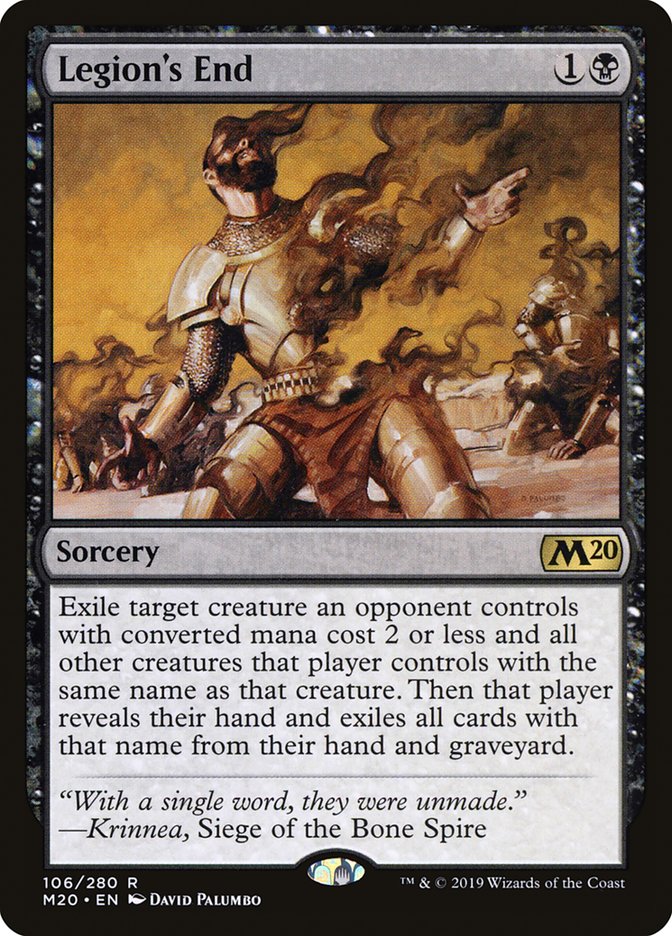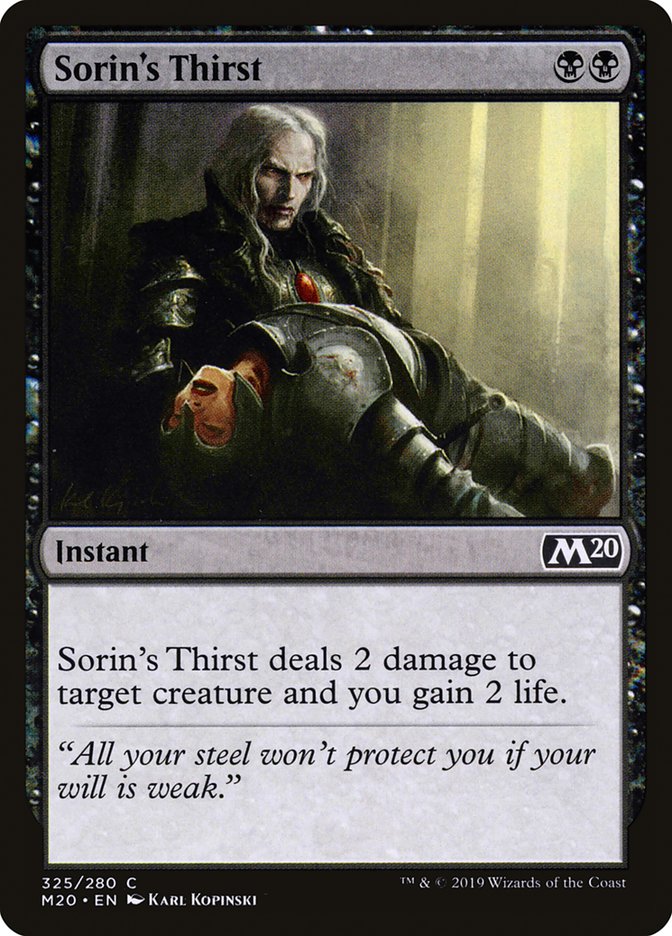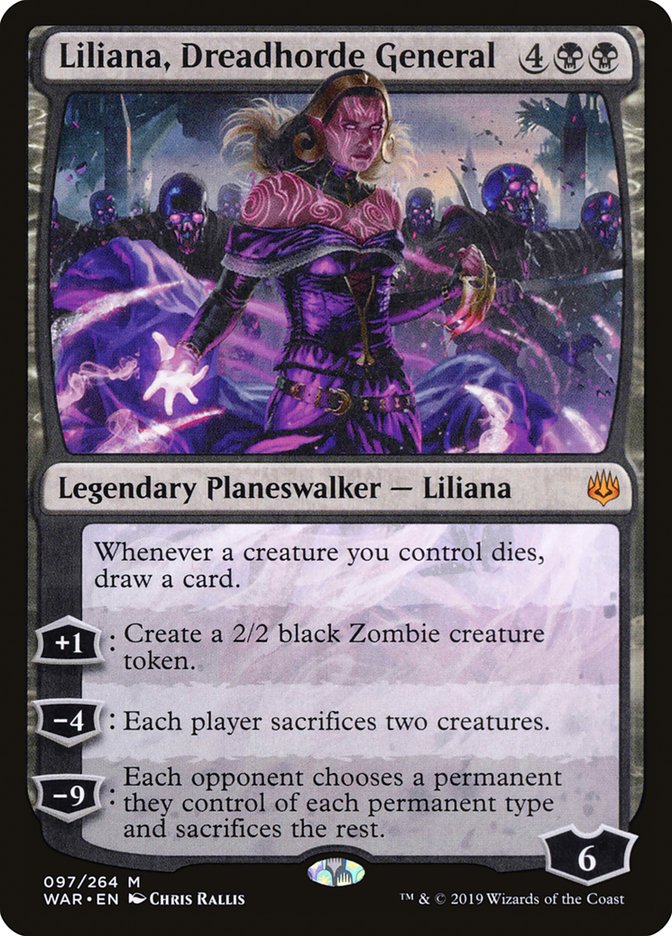For as long as player tokens have existed, it was my goal to get my own.
This was one of my motivating factors behind the time and energy prepping
for the SCG Invitationals years ago. I knew I wanted a 1/1 white Spirit
token and had the art figured out in my head. A Jace-like figure,
whispering some plane-saving strategy to his Spirit Shaheen buddy. This,
along with a few other Jace rip offs, was what I wanted in my future token.
It turns out, there are a few Spirit tokens out there. As I sifted through
the remaining options, I realized that a Human token would be the best bet
to keep me relevant in Standard through the power of Hero of Precinct One.
Also, Wizards of the Coast is not afraid to make a few more Humans in the
future, so I felt like it was a safe call. Safe was not the word for it. Throne of Eldraine is bringing the 1/1 white Human theme in full
force, calling for more copies than any other counterpart.
Hero of Precinct One will remain a dominant force in Throne of Eldraine Standard, but it has a Human-making competitor
in the works. Once I saw Castle Ardenvale, I was instantly in love. The
very first control deck I ever built was Azorius Control, which harnessed
the power of Kjeldoran Outpost. Kjeldoran Outpost was the only win
condition, making games long and painful for the opponent. As I dominated
my local scene with the power of Wrath of God, Force of Will, Counterspell,
and Kjeldoran Outpost, control became my banner.
There’s something special about a control deck that requires no additional
help outside of its mana base to win the game. When control decks do not
have to invest card slots and a heavy mana investment into a win condition
that can be easily dealt with, watch out. Who didn’t love being decked by
Nephalia Drownyard? I wonder if this question went through the developer’s
heads when they crafted a traditional control color land for Standard use
after the rotation of Field of Ruin. We live in a different world where
Kjeldoran Outpost and Nephalia Drownyard dominated, but there are still
some powerful draw-go tools out there.
Sphinx’s Revelation may be no more; however, Planeswalkers now rule with an
iron fist. The Draw-Go feel can be relived in Throne of Eldraine
Standard, just in a slightly different way. There will be a few times in
the early game where mana must be utilized to develop a battlefield and
prevent the opponent from developing theirs. This early-game commitment
comes from a general weakness of the current removal and counterspells that
exist in modern-day Standard. The spot removal, mass removal, and card draw
are good enough to craft a deck that leans heavily on Castle Ardenvale.
White and black combine to make the hub of removal, allowing us to develop
the shell of the future control deck.
This hodgepodge of spells may look mediocre, but this is what happens when
a rotation hits a large Standard format. Even though there isn’t much to
choose from, control decks that can handle the early game can lock up the
end game with Castle Ardenvale.
Creatures (9)
Planeswalkers (6)
Lands (27)
Spells (18)

It may appear that I am breaking the win condition rule, but it’s more
complicated than that. Win conditions for control must have resiliency,
protect themselves, and deliver a game-ending ability. Teferi, Hero of
Dominaria did that perfectly and still fell out of favor as the format
became too difficult to manage. That same formula can be applied to
Liliana, Dreadhorde General and I would argue that it fails to meet that
rigorous criteria.
Liliana, Dreadhorde General costs six mana and does a fantastic job at
pushing the game to a close when the opponent is already weakened. Teferi,
Hero of Dominaria allowed the controller to bury their foe under card
advantage, making the game unwinnable through simple attrition. Liliana,
Dreadhorde General doesn’t play that game as well, making it a much more
fragile game ender. Ugin, the Ineffable may see a time share as the format
fleshes out, but also has some heavy flaws. Outside of it going to one
loyalty, it’s susceptible to the new removal spell that will rock the
format.
Murderous Rider is a card I plan on playing until the day it rotates, as it
hits the most problematic card-type in the game for control players. Now
that Planeswalkers are no longer a safe crutch to lean on, we must begin
thinking outside of the box for ways to lock an opponent down. This is
where Castle Ardenvale comes in.
Castle Ardenvale in this list, or a version with more Instants, will
present a renewable threat that cannot be traditionally answered in Throne of Eldraine Standard. Field of Ruin was a clean answer, but
now lands will run wild in its absence. Even though Field of Ruin wasn’t
played much toward the end of Core Set 2020 Standard, that didn’t
mean it was ineffective. Lands, outside of Bant Scapeshift at the very end,
didn’t pose a threat like they will now.
The entire rare-land cycle in Throne of Eldraine is scary. Castle
Ardenvale is the white-based control go-to, as it can hop in any two-color
list with very little drawback. As you all can see, my greed can get the
best of me. I immediately placed it in a three-color version, with the hope
of utilizing black removal and blue card draw that remains in Standard. I
can’t imagine a deck without Teferi, Time Raveler or Murderous Rider, so I
am stuck in the early stages. There’s a chance that three-color is not
viable after testing, which would compel me to try Azorius Control first.
Creating a constant stream of 1/1 white Human tokens will provide defense,
offense, and utility in control. Castle Ardenvale would typically begin
producing the army later in the game, as we prepare for our multiple spell
turns. Casting a Drawn from Dreams, picking up a Realm-Cloaked Giant,
producing a blocker to soak up damage, then executing the mass removal
spell, is a series that I hope to produce in the upcoming weeks. Blocking
will be the most used mode, protecting Planeswalkers and life total as we
get the battlefield under control. Eventually, the Humans start swinging.
Applying pressure at end of turn against enemy Planeswalkers will be a nice
addition to the traditional control decks of Standard. In recent times,
there haven’t been much flash going on, so things that resolved were safe
from combat damage. Castle Ardenvale adds another dynamic to the control
deck building process, giving us the power to attack Narset, Parter of
Veils, instead of glaring at its one remaining loyalty. Producing threats
to pressure life total is the end game plan with our new Kjeldoran Outpost.
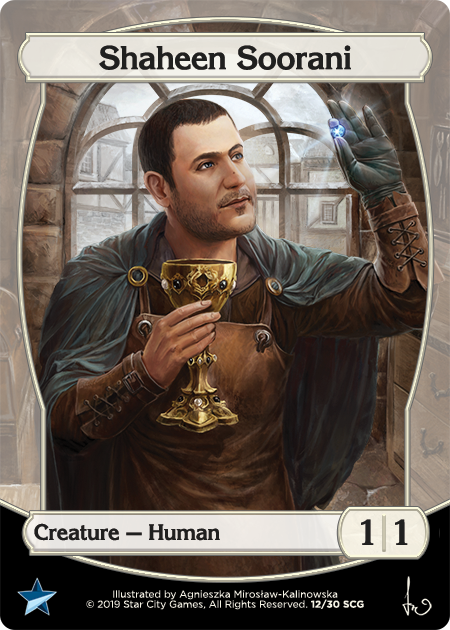
Even though a 1/1 Human doesn’t look menacing, it gets the job done in a
control shell. One turns into four very quickly, putting the game away in a
few turns. The clock gets faster after a few activations and it synergizes
well with the rest of the deck. Liliana, Dreadhorde General loves it when
these Humans die on the battlefield, providing additional cards from very
little investment. There may be other ways for a control deck to win games,
but the utility of a renewable resource like Castle Ardenvale is a game
changer for control deckbuilders everywhere.


